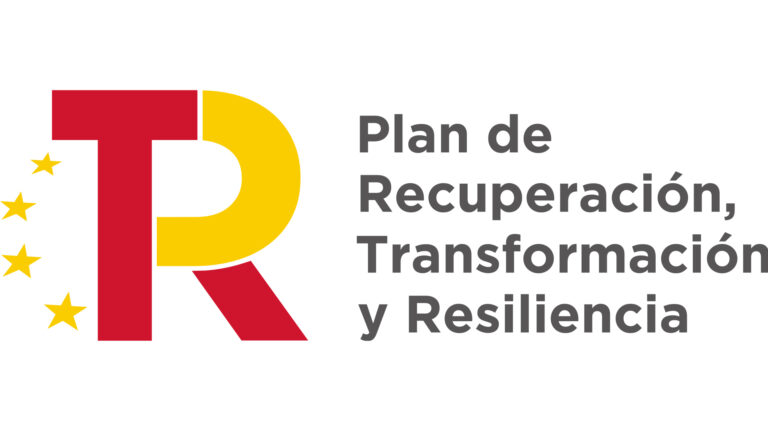Daylight Savings in Spain is soon to be coming into effect, so we’ve decided to delve into what it means for those in Spain, the history of Spain’s time zone and how it will affect our online Spanish classes!
When is it?
It occurs on the last Saturday of October every year. This year it falls the night of October 28.
What does it mean?
Well, firstly Daylight Savings in Spain means we all get an hour’s more sleep! Perfect for resetting your sleep schedule and finishing up some work at a late hour. It also means we get more daylight during the day, which allows our bodies to operate at their optimum in tandem with its circadian rhythm.
Why is Spain in CET/CEST timezone and not GMT/BST?
Given that Spain shares its longitude with the UK, Morocco and Portugal it comes as a surprise to most people that the country continues to use CET (Central European Time), the same time zone as most of Europe. This comes from the era of General Franco and his decision to follow Nazi Germany’s time zone in solidarity, which had occupied France and Belgium at the time.

Why does this matter?
Some believe that this is why Spain keeps to its late schedule, as they are late to get up and late to get to bed. Having lunch from 14:00 to 16:00, and dinner no earlier than 21:00 – followed by sleeping at extremely late hours of the evening is seen as something uniquely Spanish, and something that they are very proud of. Compare that with the position of the sun, and the lifestyle that those in the UK follow – with reasonable hours for eating and sleeping – and you’ll find yourself wondering why this hasn’t changed.
Not only is this detrimental to the body’s natural circadian rhythm, but it goes contra to the natural hours of daylight in the day. There have even been calls to action in the past to change the country’s time zone to that of the UK’s GMT (Greenwich Mean Time), as there are those that believe it would increase productivity and also allow more time for personal leisure.
Courtesy of an innumerable number of experts such as those at the Spanish charity that works towards greater time management, ARHOE, the argument to change time zones has gained much traction: especially when we consider that Spaniards have one hour less sleep per night than the European average.
Furthering this school of thought is the argument over why Spain should maintain its clocks at the same time as countries thousands of miles east, such as Poland or Hungary. However, as with any argument presented, it allows a counterargument to be made.
How it will affect our online Spanish lessons:
Given that Daylight Savings in Spain is coming into effect on October 28, our online Spanish lessons will be scheduled at a different time to your normally scheduled ones if you live outside of the European Union. If this is the case you may need to change the time of your class so that it is reflected to the Spanish clock, and when our teachers are available! You can also contact Mar Rodríguez at mar@entrelenguas.com should you need more information.

Harry Ellis
Marketing Department



